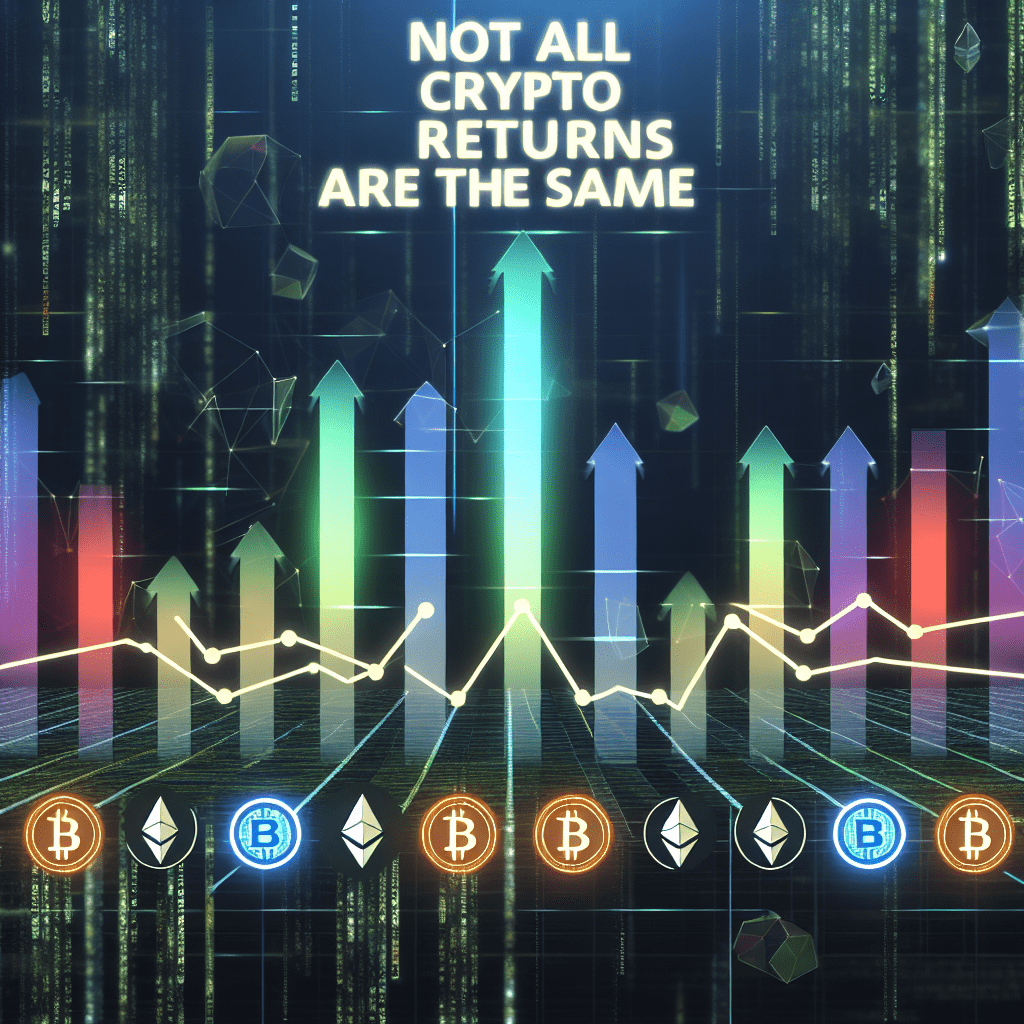
Opinion by: James Harris, group CEO of Tesseract
In a landscape of narrowing margins and intensified rivalry, yield has transformed from an option to a necessity.
The prevailing gold rush mentality masks a critical reality that shapes the industry’s future: Not all yield offers are equal. The obsession with impressive returns can lead institutions toward catastrophic losses.
At first glance, the industry appears rich with potential. Protocols boast double-digit returns. Centralized platforms showcase straightforward “yield” products. Marketplaces guarantee immediate access to borrowers.
For serious institutions, these disclosures are not mere nuances but essential factors that delineate fiduciary duty from unacceptable risk.
MiCA reveals the industry’s regulatory void
Europe’s Markets in Crypto-Assets (MiCA) framework marks a structural shift. For the first time, digital asset firms can gain authorization to offer portfolio management and yield services, encompassing decentralized finance strategies, across the EU’s single market.
This regulatory clarity is significant because MiCA serves as more than a compliance checkbox; it establishes the minimal standard institutions will expect. However, most yield providers in the crypto realm operate without oversight, exposing institutions to regulatory gaps that could be financially detrimental.
The hidden pitfalls of “set it and forget it”
The core issue with many crypto yield offerings lies in their risk management strategy. Many self-service platforms transfer critical decisions to clients who often lack the expertise to comprehend their true exposure. These platforms anticipate that treasuries and investors will determine which counterparties to lend to, which pools to join, or which strategies to rely on — a daunting task given that boards, risk committees, and regulators demand clear responses to fundamental questions about asset custody, counterparty risk, and risk management.
This model cultivates a dangerous illusion of simplicity. Beneath user-friendly interfaces and appealing annual percentage yield (APY) figures lies a complex web of smart contract risks, counterparty credit exposure, and liquidity constraints that most institutions cannot properly evaluate. Consequently, many institutions unknowingly assume exposures that would be unacceptable under traditional risk frameworks.
In contrast, a thorough approach to risk management, counterparty evaluation, and institutional-grade reporting necessitates a significant operational infrastructure that many yield providers simply lack. This disparity between market demand and operational capacity explains why numerous crypto yield products fail to satisfy institutional criteria despite assertive marketing claims.
The APY fallacy
One of the most perilous misunderstandings is that a higher advertised APY automatically signals a superior offering. Many providers exploit this dynamic, advertising double-digit returns that seem better than more cautious options. However, these headline figures often obscure layers of risk.
Related: Bringing Asia’s institutional yields to the onchain world
Behind these enticing rates often lie exposures to unproven decentralized finance (DeFi) protocols, smart contracts that have not survived market turbulence, token incentives that can disappear suddenly, and immense embedded leverage. These are not abstract risks; they represent the very factors that have led to hefty losses in prior market cycles. Such undisclosed risks are untenable for institutions accountable to boards, regulators, and shareholders.
The market ramifications of this APY-centered approach are becoming increasingly clear. As institutional adoption quickens, the divide between yield products emphasizing marketing and those founded on sustainable risk management will widen significantly. Institutions that pursue headline yields without understanding foundational exposures may find themselves justifying considerable losses to stakeholders who thought they were investing in conservative income products.
A framework for institutional yield
The saying “not all yield is created equal” should guide how institutions assess opportunities in digital asset income. Yield lacking transparency equates to speculation. Yield devoid of regulation embodies unmitigated risk exposure. Yield absent proper risk management becomes a liability instead of an asset.
Accurate institutional-grade yield necessitates a blend of regulatory compliance, operational transparency, and sophisticated risk management — capabilities that remain uncommon.
The crypto yield sector is currently undergoing this transition, propelled by frameworks like MiCA that establish clear standards for institutional-grade offerings.
The regulatory awakening
As MiCA is implemented across Europe, the crypto yield sector faces a regulatory reckoning that will distinguish compliant providers from those functioning in regulatory gray areas. European institutions will increasingly require services that adhere to these new standards, creating market pressure for appropriate licensing, transparent risk disclosures, and institutional-grade operational practices.
This regulatory clarity will likely accelerate consolidation within the yield space, as providers lacking adequate infrastructure struggle to meet institutional demands. The achievers will be those who prioritized compliance, risk management, and operational transparency early on — rather than those who focused solely on appealing APY marketing.
The natural progression
Digital assets are entering a new phase of institutional integration. Yield generation must adapt accordingly. The options for institutions are no longer just high or low APY but rather between providers offering sustainable, compliant yield and those emphasizing marketing over substance.
This shift towards institutional benchmarks in crypto yield is both inevitable and essential. As the space evolves, the surviving providers will recognize that in a landscape of savvy institutional investors, not all yield is equivalent, nor are the providers that generate it.
As crypto becomes increasingly intertwined with institutional portfolios, the demand for yield will continue to rise. The future lies with a specific type of provider. Those who offer yield that is attractive, defensible, compliant, and grounded in transparent risk management principles. The market is gradually separating along these lines. The consequences will redefine the entire crypto yield landscape.
Opinion by: James Harris, group CEO of Tesseract.
This article is for general information purposes and is not intended to be and should not be taken as legal or investment advice. The views, thoughts, and opinions expressed here are the author’s alone and do not necessarily reflect or represent the views and opinions of Cointelegraph.

